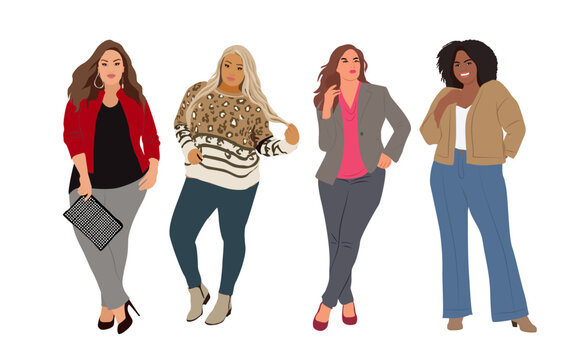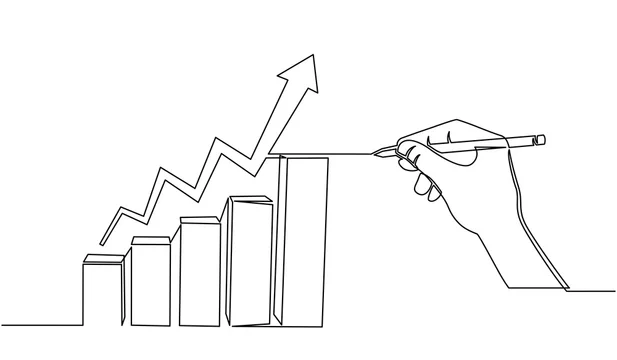
Creating a comprehensive guide on women's plus size clothing dresses involves understanding various aspects of design, manufacturing, market trends, and customer needs. Here are some key points to consider:
Overview and Market Trends
Growing Market: The demand for stylish and well-fitted plus size clothing continues to rise, reflecting a shift towards inclusivity and diversity in fashion.
Fashion Evolution: Plus size fashion is evolving beyond basic designs to include trendy, flattering options that cater to diverse body shapes and personal styles.
Market Opportunities: Brands and designers focusing on plus size clothing have opportunities to innovate and meet the unique needs of their customers.
Types and Styles
Diverse Styles: Plus size dresses encompass various styles such as A-line, fit and flare, wrap dresses, maxi dresses, cocktail dresses, and more.
Adaptive Designs: Incorporate features like adjustable waistbands, stretch fabrics, and strategic seaming to enhance fit and comfort.
Seasonal Variations: Design dresses suitable for different seasons, incorporating breathable fabrics for summer and layered options for winter.
Design and Pattern Cutting
Pattern Development: Utilize grading techniques to ensure accurate sizing across different body shapes.
Fit Considerations: Pay attention to proportions, sleeve lengths, neckline designs, and hemlines to flatter plus size figures.
Prototype Testing: Conduct fittings and adjustments to refine designs for optimal fit and comfort.
Material Selection and Care
Fabric Choices: Opt for high-quality fabrics such as cotton blends, jersey knits, chiffon, and stretch materials that offer comfort, breathability, and durability.
Care Instructions: Provide clear care labels for washing, drying, and ironing to maintain garment quality and shape over time.
Fashion and Trending
Current Trends: Stay updated with current fashion trends such as bold prints, floral patterns, asymmetric cuts, and statement sleeves that resonate with plus size consumers.
Versatility: Create versatile pieces that can transition from casual to formal settings, offering flexibility and value to customers.
Customer Engagement
Feedback Loop: Encourage customer feedback through reviews, surveys, and social media interactions to continuously improve designs and offerings.
Inclusivity: Promote body positivity and inclusivity through diverse marketing campaigns and representation of real customers.
Challenges and Considerations
Fit Challenges: Address fit issues commonly faced by plus size individuals, such as gaping necklines, tight armholes, and improper waistlines.
Size Range: Offer extended size ranges to accommodate a broader spectrum of body shapes and sizes effectively.
Conclusion
Creating and marketing women's plus size clothing dresses involves a nuanced approach that considers fashion trends, fit preferences, fabric choices, and customer engagement. By focusing on inclusivity, quality, and stylish designs, brands can successfully cater to the diverse needs of plus size consumers and contribute positively to the fashion industry.


